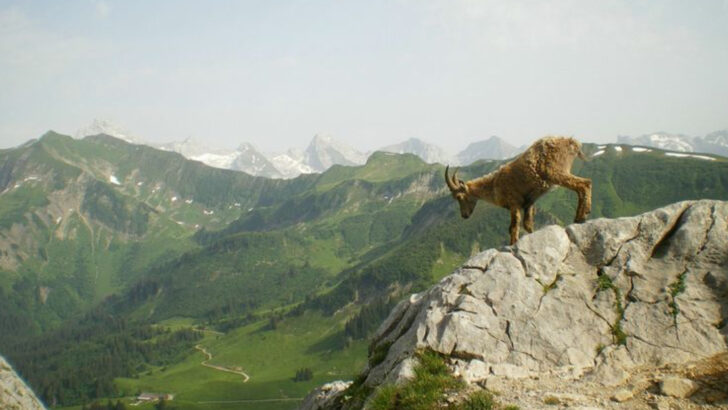The air is thin, the winds are brutal, and the temperatures can bite.
But some animals call this world home—and they wouldn’t have it any other way.
Above 10,000 feet, survival isn’t a given. It’s a test. A wild, relentless, high-altitude gauntlet. And yet, there are creatures that not only endure it—they thrive in it, like tiny mountaineers wrapped in fur, feathers, or scales.
They breathe where others gasp.
They hunt where others freeze.
They sleep under stars so close you’d swear you could touch them.
Forget the zoo or the backyard—these animals live where the clouds brush the earth, and every heartbeat is a triumph.
Let’s meet the fearless few built for the sky.
Snow Leopard
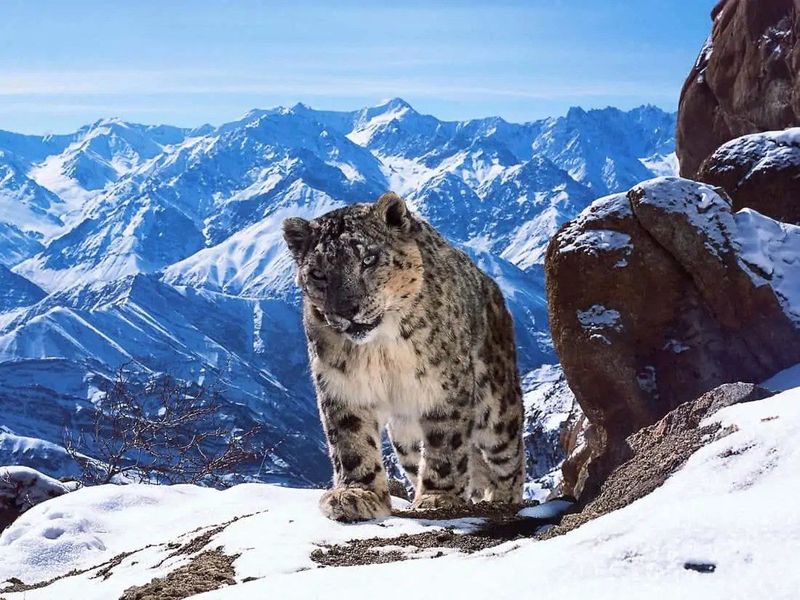
With its thick coat and long tail, the snow leopard is a true master of the Himalayas’ rugged landscapes. Their powerful build and keen senses make them exceptional hunters, able to traverse treacherous terrain with ease. Their light-colored fur offers perfect camouflage against the snow, allowing them to stalk prey stealthily. These solitary cats are elusive, often referred to as “ghosts of the mountains.” Their large nasal cavities help warm the cold air they breathe, ensuring survival in frigid temperatures. It’s their ability to adapt to high-altitude environments that makes them such fascinating creatures to study.
Andean Condor
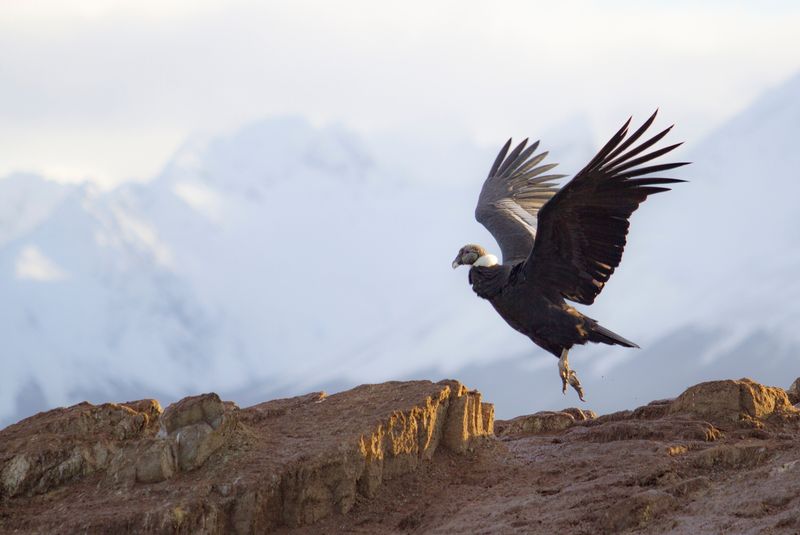
With a wingspan that can reach an astonishing 10 feet, the Andean condor is a master of the skies. These majestic birds soar effortlessly over the Andes, riding thermal updrafts with grace. Their large size and keen eyesight make them formidable scavengers, spotting carrion from vast distances. By conserving energy through gliding, they can travel great distances without flapping their wings. Their bald heads help maintain hygiene while feeding, minimizing bacterial growth. Such adaptations allow them to thrive in these high-altitude regions, where food is scarce and the air is thin.
Alpine Ibex
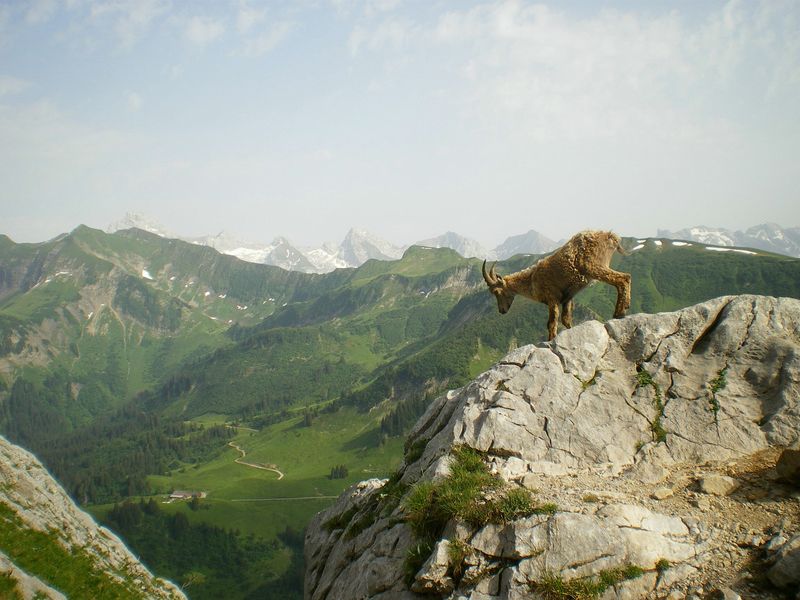
The Alpine ibex, with its impressive curved horns, is a symbol of strength and resilience. These surefooted climbers navigate the steep cliffs of the European Alps with effortless grace. Their specialized hooves provide stability, gripping even the tiniest ledges with ease. Adapted to harsh alpine climates, their thick coats protect against the cold, while their keen sense of balance ensures survival in precarious habitats. These herbivores thrive on sparse vegetation, skillfully foraging on grasses, moss, and lichens. Their ability to thrive in such an unforgiving environment makes them a marvel of nature.
Tibetan Antelope
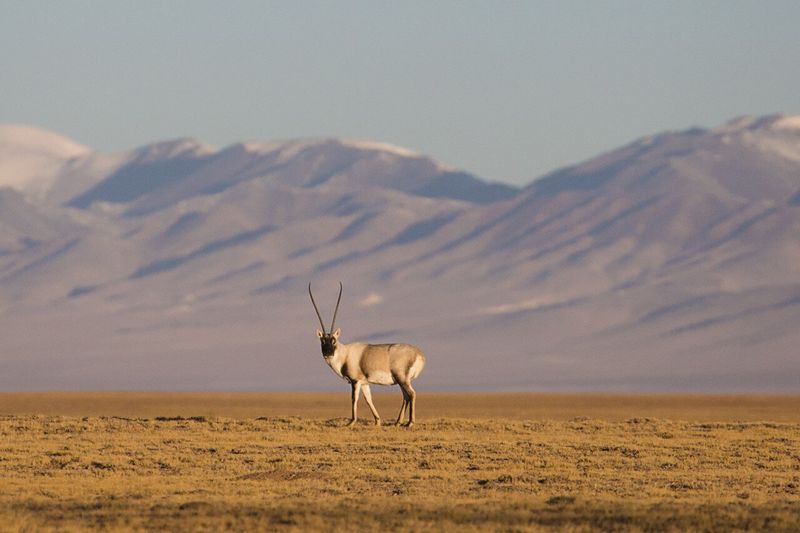
The graceful Tibetan antelope, also known as the chiru, roams the vast Tibetan Plateau. With slender bodies and long, curved horns, they are perfectly adapted to their harsh environment. Their fine wool, known as shahtoosh, provides insulation against the cold, while their agile movements allow them to escape predators. Traveling in herds, they migrate seasonally to find food. Breathing at high altitudes is aided by their large lungs and heart, ensuring they can extract enough oxygen from the thin air. These adaptations have enabled them to flourish in one of the planet’s most extreme habitats.
Rock Ptarmigan
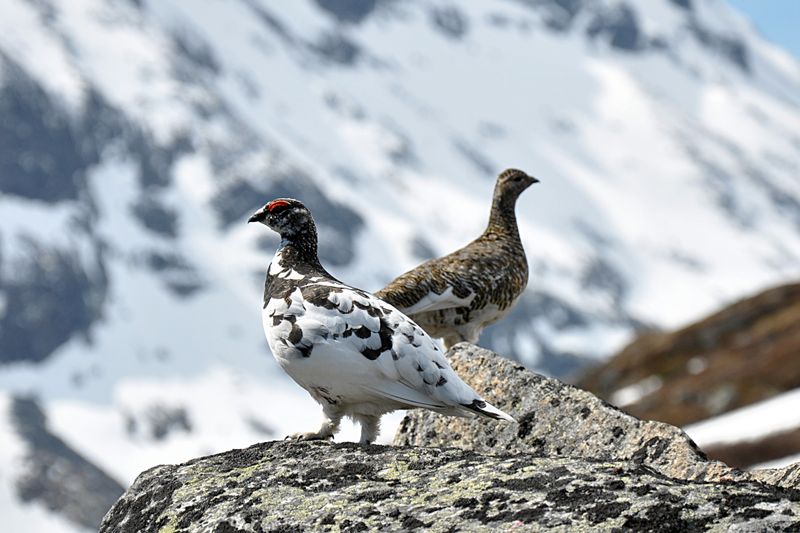
The rock ptarmigan, a master of disguise, changes its plumage with the seasons. In winter, its feathers turn white to blend in with the snow, while in summer, they become mottled brown to match the rocks and tundra. This clever camouflage helps them avoid predators in their Arctic habitat. Their feathered feet act like snowshoes, allowing them to traverse snowy landscapes with ease. By foraging on buds, leaves, and insects, they maintain a balanced diet, even in sparse environments. Their adaptability to extreme conditions is a testament to nature’s ingenuity.
Bar-headed Goose
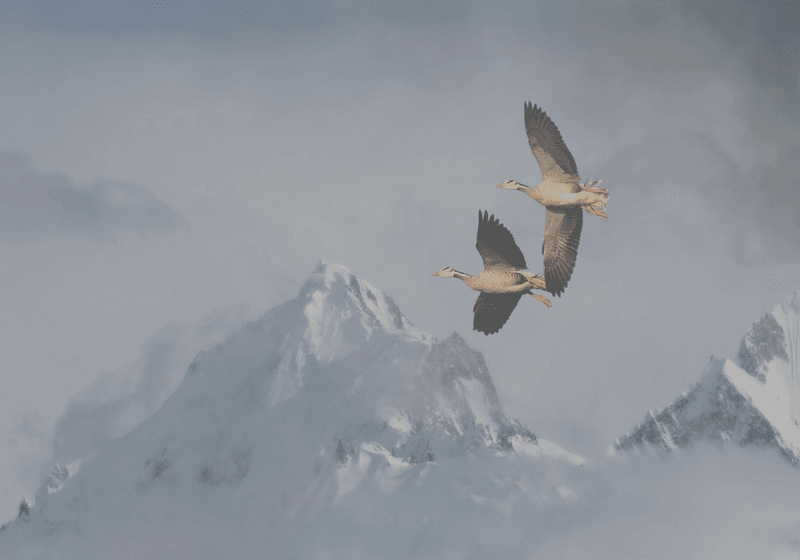
Renowned for their extraordinary migration, bar-headed geese soar over the Himalayas, reaching altitudes of up to 29,000 feet. Their unique physiology enables them to thrive where oxygen levels are perilously low. With a higher number of capillaries in their muscles, they efficiently transport oxygen throughout their bodies. Their powerful, rhythmic wingbeats propel them through thin air with remarkable endurance. These geese follow ancient migratory paths, their journey symbolizing determination and strength. Such captivating feats make them a subject of scientific study and admiration, showcasing nature’s remarkable adaptability.
Mountain Goat
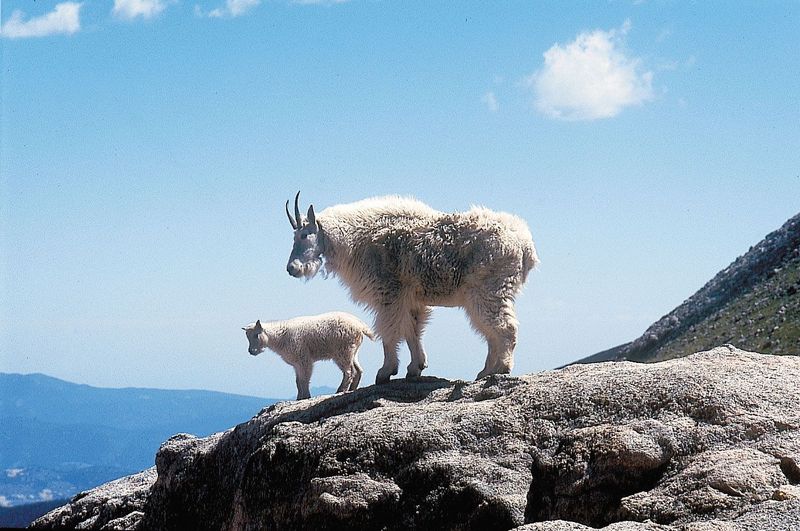
Mountain goats are masters of vertical landscapes, effortlessly navigating sheer cliffs with their specialized hooves. These sturdy animals have a thick, white coat that provides insulation against the cold and helps them blend into snowy backgrounds. Their muscular build and surefootedness allow them to access unreachable areas, avoiding predators. By grazing on woody plants and grasses, they sustain themselves in barren high-altitude regions. Their ability to thrive in such challenging environments, along with their striking appearance, makes them a symbol of rugged wilderness. Their perseverance is truly inspiring.

